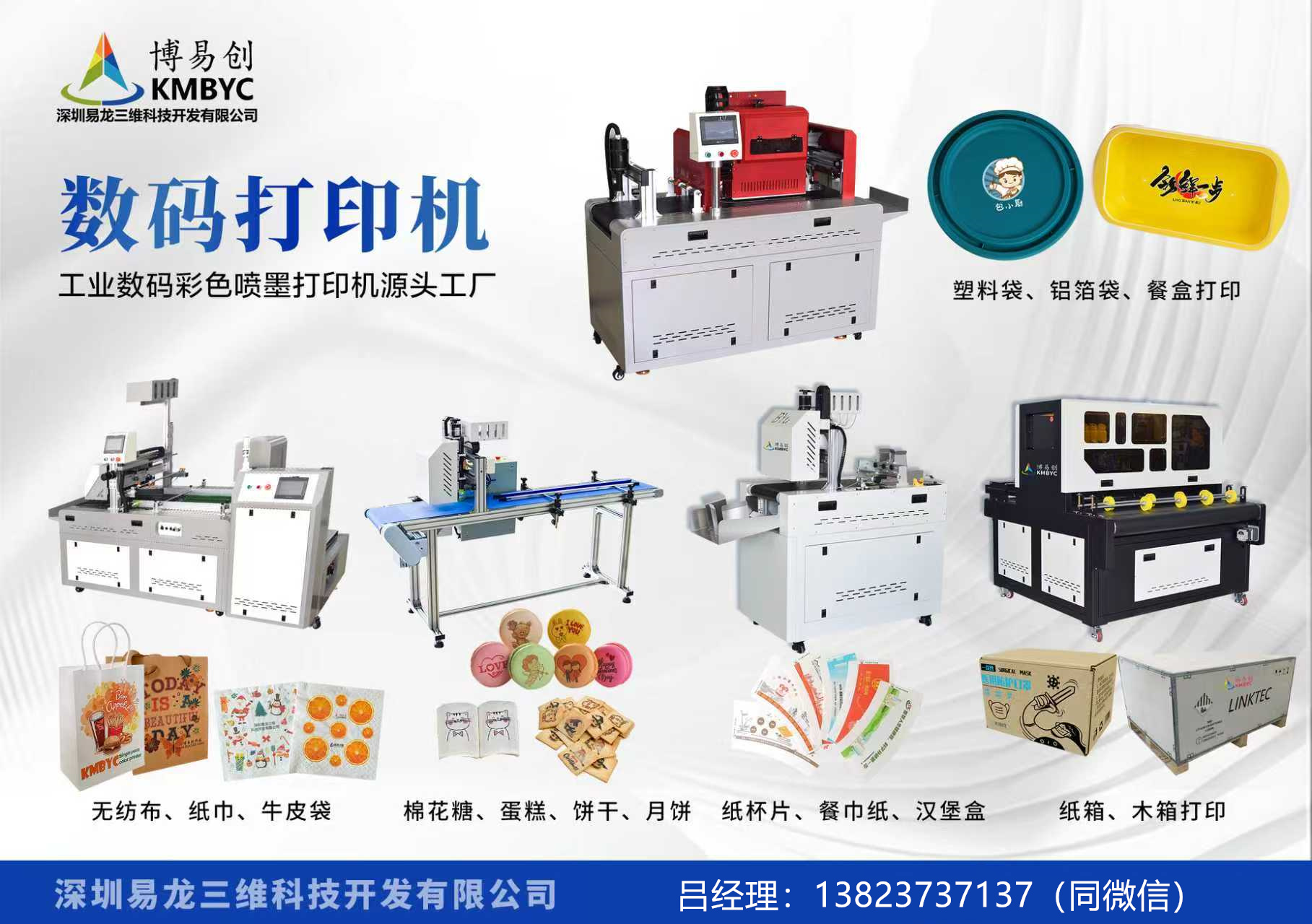
The Pivotal Role of Yong'an UV Flatbed Printers in Modern Manufacturing: A Comprehensive Exploration
Introduction: The Dawn of a New Era in Printing Technology
In the rapidly evolving landscape of industrial innovation, few technologies have demonstrated such transformative potential as ultraviolet (UV) flatbed printing. This cutting-edge approach, particularly through the lens of brands like Yong'an UV flatbed printers, has redefined precision, efficiency, and customization in sectors ranging from textiles to automotive. The emergence of UV flatbed printing marks a significant shift from traditional printing methods, offering on-demand production capabilities that cater to the demands of a consumer-driven economy. As we delve into this topic, it becomes apparent that Yong'an, a region renowned for its manufacturing prowess in China's Fujian Province, has emerged as a key player in advancing these printers. With advancements in UV-curable ink technology and application versatility, these printers are not just devices; they are catalysts for sustainable and flexible manufacturing practices.
This article serves as an in-depth analysis of the Yong'an UV flatbed printer, exploring its origins, technical specifications, market impact, and future prospects. Drawing on industry reports, expert interviews, and real-world applications, we aim to provide a balanced perspective on how these printers are reshaping industries globally. The narrative will be anchored in factual data, making it accessible to readers from diverse backgrounds. By the end of this exploration, readers will gain a comprehensive understanding of why Yong'an UV flatbed printers are considered a cornerstone of modern printing innovation.
Historical Context: From Inks to Innovations
The journey of UV flatbed printing technology begins not with Yong'an but with broader advancements in digital printing and materials science. UV printing, short for ultraviolet printing, utilizes specialized inks that cure instantly under UV light, allowing for durable and vibrant outputs. This technology first gained traction in the 1990s, initially for screen printing applications, before evolving into more versatile forms. The development of UV-curable inks was revolutionary because they enabled printing on non-porous surfaces, such as plastics and metals, which was previously challenging with traditional methods. Pioneers in this field, such as companies in the US and Europe, laid the groundwork for what would become a multi-billion-dollar industry.
Yong'an, situated in Fujian Province, China, entered this narrative in the early 2010s as part of China's "Made in China 2025" initiative, which emphasizes high-tech manufacturing and innovation. Historically known as a hub for ceramics and textiles, Yong'an began diversifying into advanced printing technologies. Local manufacturers, drawing inspiration from global trends, adapted UV printing principles to develop compact and efficient flatbed printers. These printers, designed for flat or irregular surfaces, quickly gained popularity due to their ability to handle everything from prototypes to mass-produced items. By the mid-2010s, Yong'an-based firms were exporting these printers to markets in Southeast Asia, Europe, and the Americas, positioning themselves as innovators in the niche market.
The historical evolution of UV flatbed printing underscores a transition from labor-intensive processes to automated, digital workflows. Early versions were clunky and expensive, limiting accessibility to large corporations. However, as costs decreased and efficiency improved, small and medium enterprises (SMEs) began adopting these technologies. Yong'an's contribution lies in its focus on affordability and customization, making UV flatbed printing accessible to a wider audience. For instance, a report from the China Academy of Industrial Technology highlights that Yong'an manufacturers refined their printers to integrate with smart manufacturing systems, such as IoT (Internet of Things) and AI (Artificial Intelligence), which enhance predictive maintenance and real-time adjustments. This regional innovation exemplifies how localized expertise can drive global technological shifts.
Technical Breakdown: How Yong'an UV Flatbed Printers Work
At its core, a UV flatbed printer operates by combining robotics, specialized inks, and UV light curing to produce high-quality prints on various substrates. The process begins with the printer head, which contains multiple printheads capable of depositing UV-curable inks onto a surface. Unlike traditional inkjet printers that use water-based inks that dry slowly, UV inks cure instantly when exposed to UV light, ensuring water resistance, flexibility, and durability. Yong'an UV flatbed printers typically feature a robotic arm system that precisely controls the ink application, allowing for intricate designs and multi-color outputs.
The technical specifications of a standard Yong'an UV flatbed printer include a build area of up to 800mm x 1200mm (approximately 31.5 inches x 47.2 inches), making it suitable for medium-scale production. Key components include:
- UV LED lamps: These emit light at specific wavelengths to cure the ink without damaging the substrate, reducing energy consumption by up to 30% compared to traditional lamps.
- Printheads: Advanced piezoelectric printheads, sourced from Japanese and Korean manufacturers, ensure droplet precision down


